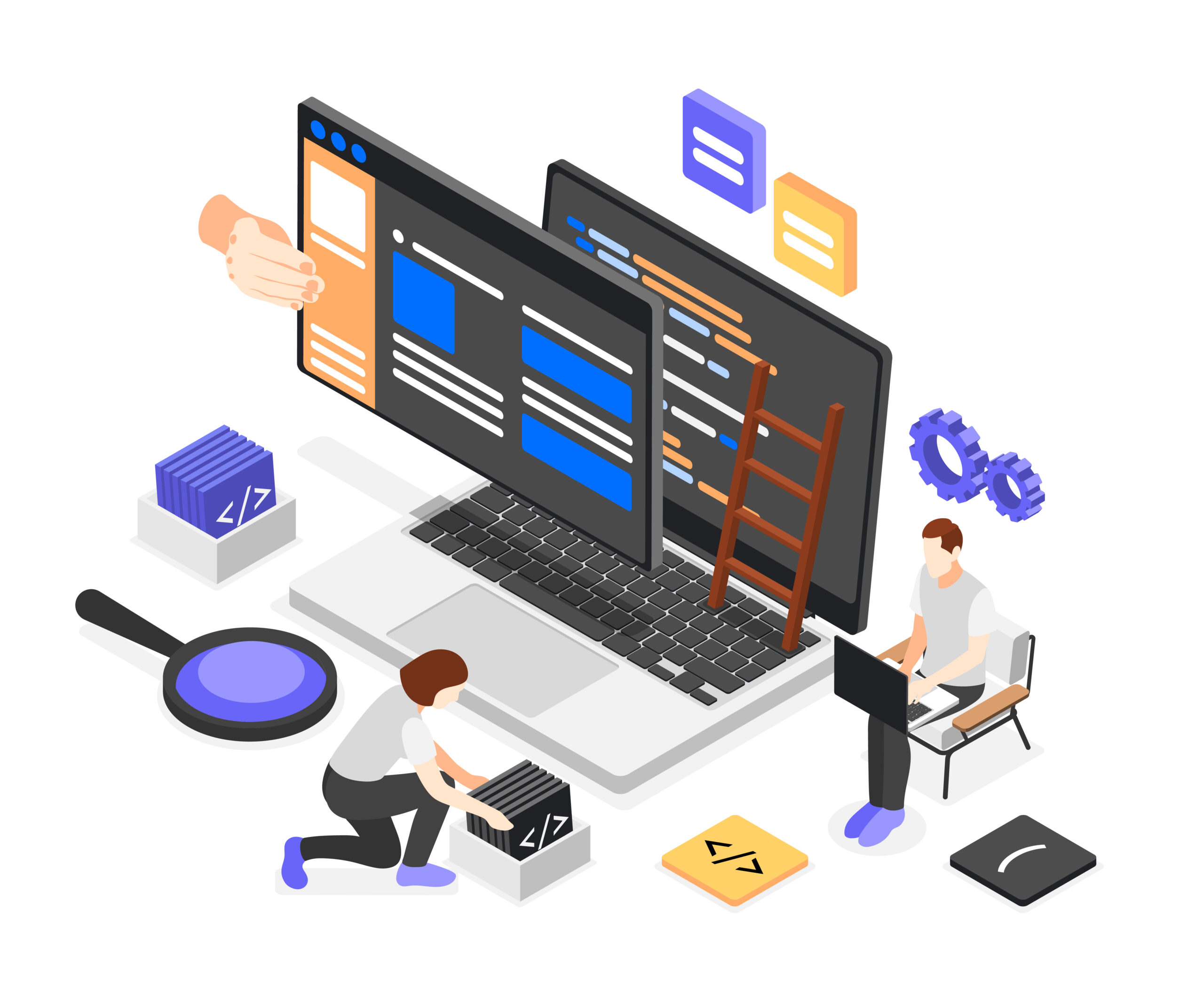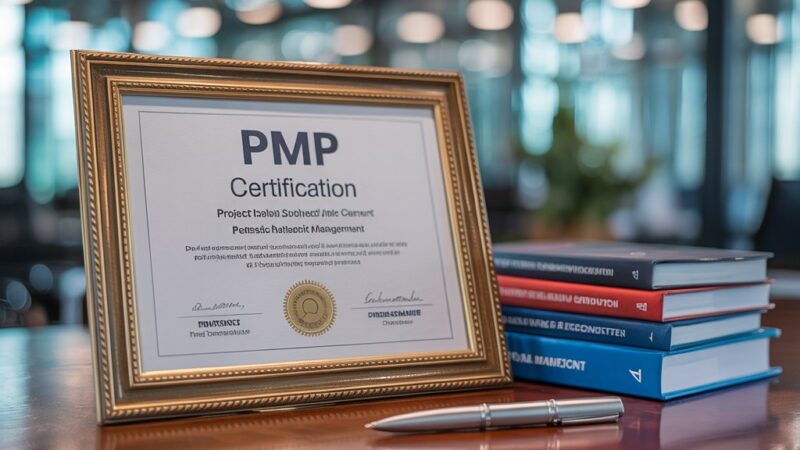Red Flags to Watch Out for When Outsourcing Software Development

Outsourcing software development can bring huge benefits—cost savings, faster time-to-market, access to global talent, and more. However, the process also comes with risks. Without proper research and planning, companies can run into significant trouble with misaligned goals, poor communication, or lackluster results. Knowing what to avoid is just as important as knowing what to look for. Whether you’re a startup or an established business looking to work with a Software Development Agency, understanding these red flags can help you avoid costly mistakes.
Let’s explore the major warning signs you should keep in mind before entering into any outsourcing arrangement.
Lack of Clear Communication
When outsourcing, communication is everything. If your potential partner is slow to respond, vague in their answers, or avoids direct questions, this is a huge red flag. Good communication ensures that both sides are on the same page. Without it, deadlines slip, misunderstandings occur, and project goals fall through the cracks.
How to Handle It:
- Look for firms that offer regular update meetings.
- Ensure they use clear channels like Slack, email, or project management tools.
- Ask for a communication plan before starting.
No Defined Project Scope or Timeline
If a development partner cannot provide a clear project scope, you’re likely heading for trouble. A lack of structure means increased chances of scope creep, missed deadlines, and unclear deliverables.
What You Should Expect:
- A detailed proposal with timelines, milestones, and feature lists.
- Transparent documentation for every stage.
- Commitment to a defined development cycle (Agile, Scrum, etc.).
Avoid vendors who say “we’ll figure it out as we go”—this rarely ends well.
Suspiciously Low Pricing
Everyone loves a good deal, but if a quote seems too good to be true, it probably is. Low prices often mean cutting corners—whether that’s through inexperienced developers, poor code quality, or lack of post-launch support.
What to Consider:
- Compare pricing across similar vendors.
- Ask what’s included (and what isn’t).
- Don’t sacrifice quality to save a few bucks upfront. Long-term maintenance will likely cost more.
Poor Technical Expertise
Your outsourcing partner must be proficient in the tools and technologies relevant to your project. If they hesitate when discussing tech stacks or lack clarity on how they’ll solve technical problems, that’s a red flag.
How to Vet Them:
- Ask for case studies and past work examples.
- Conduct a short technical interview or test.
- Look for teams that provide Software Consulting Services alongside development. This shows they understand the full picture.
Lack of Transparency in Team Composition
Sometimes companies present senior-level talent in meetings but assign junior developers to the actual project. If your development partner avoids discussing who will be working on your project, take that as a warning sign.
What You Should Clarify:
- Ask for bios or profiles of the actual team members.
- Clarify if any part of the work is being subcontracted.
- Confirm you’ll have access to the same team throughout the engagement.
No Quality Assurance or Testing Processes
If a company doesn’t have a structured testing approach, you may end up with buggy software that fails when it reaches users. Testing is critical—not optional.
Look for:
- Defined QA stages in the project plan.
- Use of automated and manual testing.
- A team that fixes bugs proactively, not reactively.
No Post-Launch Support
Many companies do a decent job building the product but disappear once it’s launched. This is a major issue, especially if you encounter technical problems or need updates after going live.
What You Should Expect:
- Support packages or maintenance contracts.
- Clear SLAs (Service Level Agreements).
- Ongoing access to the team post-launch.
Negative or Inconsistent Reviews
Always do your due diligence before finalizing any outsourcing deal. If you find negative reviews, missing testimonials, or inconsistent feedback across platforms, that’s a sign to pause and dig deeper.
Where to Look:
- Check Clutch, GoodFirms, Google Reviews, or LinkedIn.
- Speak directly with past clients if possible.
- Look for reviews that mention project success, communication, and issue resolution.
Inflexible Contracts or Lack of Exit Strategy
A rigid contract that locks you in without room for iteration or feedback is risky. Additionally, if there’s no exit plan, you could find yourself stuck with a poor-performing vendor.
How to Avoid It:
- Review the contract terms thoroughly.
- Make sure there are flexible engagement models (hourly, fixed price, dedicated team).
- Ensure there’s a termination clause with clear conditions.
Cultural or Time Zone Misalignment
Outsourcing overseas can be highly effective, but time zone and cultural differences can cause friction if not managed properly. A partner who doesn’t align with your business hours or communication style could slow down the project.
Mitigate the Risk:
- Choose a team with overlapping working hours.
- Ensure they are familiar with your business culture and language.
- Use collaborative tools to bridge any gaps.
No Understanding of Business Goals
Many development firms focus only on writing code. But successful projects require teams who understand your business goals and user expectations.
What You Need:
- A strategic partner, not just coders.
- Firms that ask deep questions about your market, goals, and user needs.
- Look for an Enterprise Software Development Company that aligns tech solutions with your long-term business strategy.
Final Thoughts
Outsourcing software development can lead to powerful business outcomes—but only if you choose the right partner. Spotting red flags early on will save you time, money, and frustration down the road. Be sure to do your homework, ask the right questions, and never settle for less than what your business deserves. With a careful selection process and ongoing communication, outsourcing can be a successful and scalable solution for your tech needs.
Frequently Asked Questions (FAQs)
Q1. What is the biggest risk when outsourcing software development?
The biggest risk is working with a partner who lacks transparency, communication, or technical expertise. These issues often lead to poor quality results and missed deadlines.
Q2. How can I ensure quality when outsourcing a development project?
Start by vetting the vendor thoroughly—check past projects, speak with previous clients, and confirm they follow clear QA processes. Also, ensure they offer post-launch support.
Q3. What are the red flags in a software development proposal?
Watch out for unclear pricing, vague timelines, missing technical details, or promises that sound too good to be true. A solid proposal should include scope, deadlines, team details, and testing plans.
Q4. Is it safe to outsource software development overseas?
Yes, many overseas teams deliver excellent results. Just ensure there’s time zone overlap, strong communication practices, and cultural alignment before proceeding.
Q5. Should I choose a company that offers consulting in addition to development?
Absolutely. A team that provides both development and consulting can better understand your business needs and help you make smarter tech decisions.
Q6. What happens if I’m not happy with the outsourced work?
This is why it’s critical to have an exit clause in your contract. Always set clear expectations, agree on milestones, and review work frequently to avoid surprises.
Q7. How do I know if a company will deliver ongoing support after launch?
Ask directly about post-launch services, support plans, and SLAs. A reliable vendor will have a structured maintenance and support offering.
Q8. Can I switch vendors mid-project if things go wrong?
Yes, but it can be complex. Make sure you retain ownership of the code, documentation, and any assets from the start so you can transition smoothly if needed.



